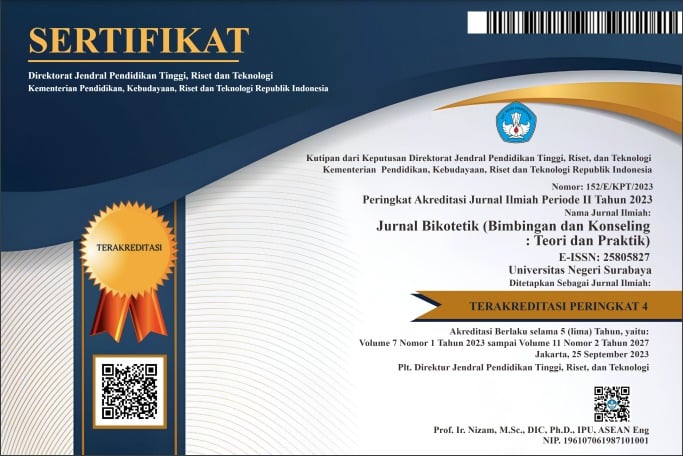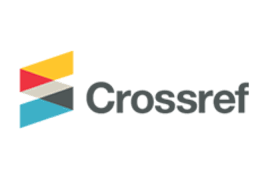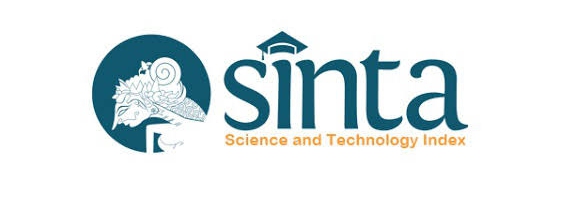DEVELOPMENT OF A LEARNING MODULE BASED ON REMO DANCE VALUES TO OVERCOME IDENTITY CRISIS AMONG FEMALE STUDENTS AT IBNU KATSIR ISLAMIC BOARDING SCHOOL JEMBER
DOI:
https://doi.org/10.26740/bikotetik.v9n1.p122-129Abstract
Adolescence is a stage of human development that has entered a transition period from childhood to adulthood. Adolescence is the starting point for human physical development to mature. The values contained in the remo dance are an attraction in module development. The purpose of this study is to analyze the feasibility of creating a new module that can help overcome the identity crisis of students. The method used in this study uses the ADDIE design which includes five stages of development, namely: Analyze, Design, Development, Implementation, Evaluation. The module's feasibility test is carried out by validation. The students who were the samples were observed and interviewed to test the success of the module. The sample used in the study was Ibn Katsir students who had previously obtained informed consent. The results of this study indicate that the learning module created by taking the values of the remo dance is declared feasible for use by teachers in solving identity crisis problems. The results of the study also show that students who have received learning using this module experience changes in themselves. The development of the remo dance is said to be able to help students in solving identity crisis problems. The impact of creating this latest module can be the latest method that can later be used by teachers who want to help students overcome identity crises. The novelty of this research is the use of the ADDIE method, making it easier for readers to understand the contents of the research. The use of remo dance values is an attraction for readers, making this research quite interesting.
Keywords: identity crisis, remo dance, module
Downloads
Published
How to Cite
Issue
Section
License
Copyright (c) 2025 Authors retain copyright and grant the journal the right of first publication under the Creative Commons Attribution-NonCommercial 4.0 International License (CC BY-NC 4.0). This license permits others to copy, distribute, and adapt the work for non-commercial purposes, provided the original work is properly cited.

This work is licensed under a Creative Commons Attribution-NonCommercial 4.0 International License.
 Abstract views: 213
,
Abstract views: 213
, PDF Downloads: 126
PDF Downloads: 126








